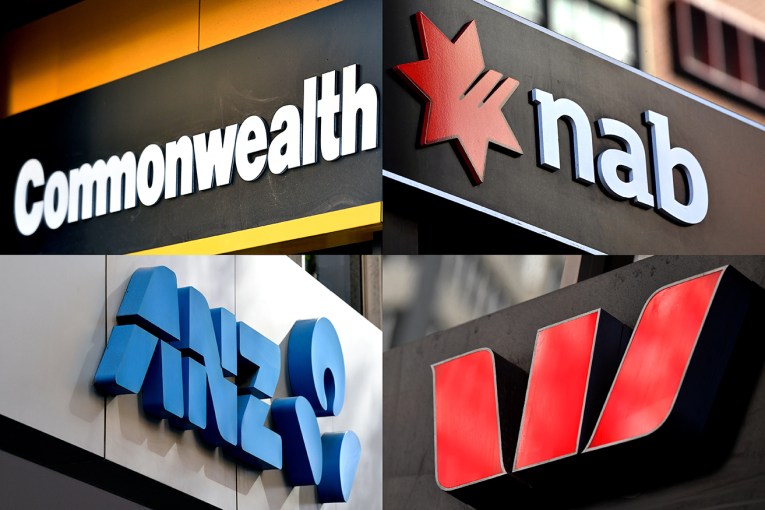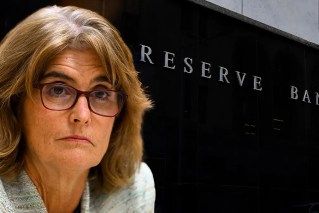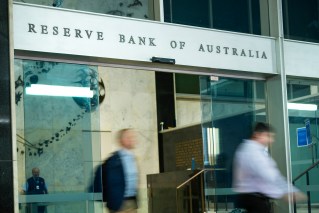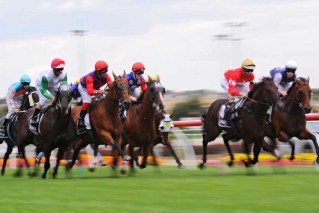Savings account interest rates keep falling. Here’s how your money can do the heavy lifting


Savings accounts are continuing to lose their muscle after banks slashed rates again. Here are some higher-return alternatives. Photo: TND
Savers are losing more of their spending muscle after two major banks dropped the weight on their savings rates.
Both Commonwealth Bank and ANZ on Friday reduced their conditional savings rates to 0.40 per cent (matching the other big four banks), while ANZ also reduced its Online Saver introductory rate by 10 basis points.
It continues the banking sector’s savings grind in 2021 with 42 providers slashing at least one rate on their books, according to RateCity.
RateCity research director Sally Tindall told The New Daily depositors with a savings rate below 0.9 per cent need to recognise they are effectively losing money.
That’s because those rates are sub-inflationary, which means their cash won’t keep up with economic growth unless they switch.
They’re on a treadmill going the wrong way,” Ms Tindall said.
But the diminishing returns will likely get worse as banks drag savings rates down further to claw back profits from a raging home loan war.
“There are only 18 accounts still offering a rate above inflation, which is a good benchmark in this environment, but we’ll probably be able to count these rates on two hands in six months’ time,” Ms Tindall said.
However, there are alternatives to squeeze more out of your money – and finding one can be less exhausting than an afternoon workout.
Step 1: Address your weaknesses
Like many who hit the gym after setting a New Year’s resolution, many savers fall into a laziness trap because they don’t have the time or energy to find a better rate, Ms Tindall said.
RateCity’s Ms Tindall said those who crave the security of a guaranteed banking deposit (up to $250,000) but have rock-bottom returns need to switch to a better performing account, which is generally cost-free.
“The lowest savings rates are as low as 0 per cent and in some cases as high as 1.35 per cent, so it’s still worth shopping around if you still want to put your hard-earned cash into the bank,” she said.
For savers under 30, they can net rates as high as 3 per cent as the banks lure younger customers with premium returns.
But they need to be wary. Some providers have account fees that can cancel out the benefits of high-interest accounts.
Fitzpatricks adviser Randall Stout told The New Daily savers may need to dabble in more risk if they want to act on their savings weakness.
If you look to America where they have incredibly low savings rates, you see it’s translated into more people investing because, otherwise, it’s just lazy muscles doing nothing,” Mr Stout said.
Step 2: Goal setting
Beyond Today Financial Planning director Antoinette Mullins said households can get a better idea of how they want to maximise their returns by pulling together the financial equivalent of a workout plan.
Families should dedicate an hour to talk about their values and when they require access to their cash to see how passive income plays a role, she said.
“I’d recommend sitting down with your partner over a glass of red wine, have some easy-listening music in the background and just talk about what’s important to you,” Ms Mullins told The New Daily.
“And often it comes back to what childhood you had – do you want to go on family holidays like you did as a kid – do you want more family time so you need more passive income, or do you want to retire early?”
Once those values are known, then families can craft goals that can be aligned with their future investments.
Step 3: Exercise your money harder
Now, it’s time to figure out if a financial cardio session or some fast-paced weightlifting is best-suited to your outlook.
Ms Mullins said households working in a short timeframe can look at defensive investments, like a cash fund or an exchange traded fund (ETF), which gives them more stability over other assets including shares and property.

Many savers are effectively losing money if they don’t act on rock-bottom rates. Photo: Getty
She also said mortgagees can consider redirecting cash into an offset account, where the costs saved on interest out-flex savings returns.
“Mortgage rates are currently between 2 to 3 per cent, so if you own a home and your home loan has an offset facility, that’s an amazing place to park your rainy day funds,” Ms Mullins said.
For example, those with a home loan of $100,000 but have $10,000 parked in an offset account will effectively only need to pay interest on $90,000.
Mr Stout said fixed-interest funds, such as corporate bonds, can still pay out 3 to 4 per cent returns.
Salary sacrificing can be an option for younger workers, he said, so long as they are content with that money being locked until retirement.
But he said households need to be willing to run a marathon to bulk up their wealth, noting that many families were spooked by the Australian sharemarket’s 37 per cent fall at the height of the pandemic.
“You’ve got to be willing to invest for at least three to seven years so your money works for you,” Mr Stout said.









